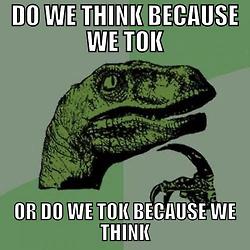DCP and CE checklist
Lab report checklist for DCP & CE
- Title of lab, your name, partners name ( if you have one) and date
- Data table has a title
- Data has observations
- Data has errors and uncertainties
- Data decimal places agree with uncertainty decimal places
- Data processing equations given
- Data processing calculations have subheadings are clear and easy to read
- Processed data table has a title
- Uncertainties have been propagated:
- % error has been calculated
- Graph has a title
- Graph has axis labels, with units and uncertainties
- Graph has best fit line if appropriate
- The final calculated values have been presented with the correct significant figures and propagated errors
- The conclusion has been stated and justified by referring to theory, analyse graph or measured values
- Sources of theoretical values have been given
- The magnitude of the propagated error has discussed as a measure of precision
- Different repetitions of the same experiment have been compared to give an estimate of random error
- Percentage error has been calculated if there is one and discussed in terms of systematic error
- All types of error have been commented on
- All possible limitations, assumptions and errors in the lab procedure have been discussed with reference to the random (trials) and systematic error.
- Modifications to the procedure to eliminate errors have been suggested that are not superficial












